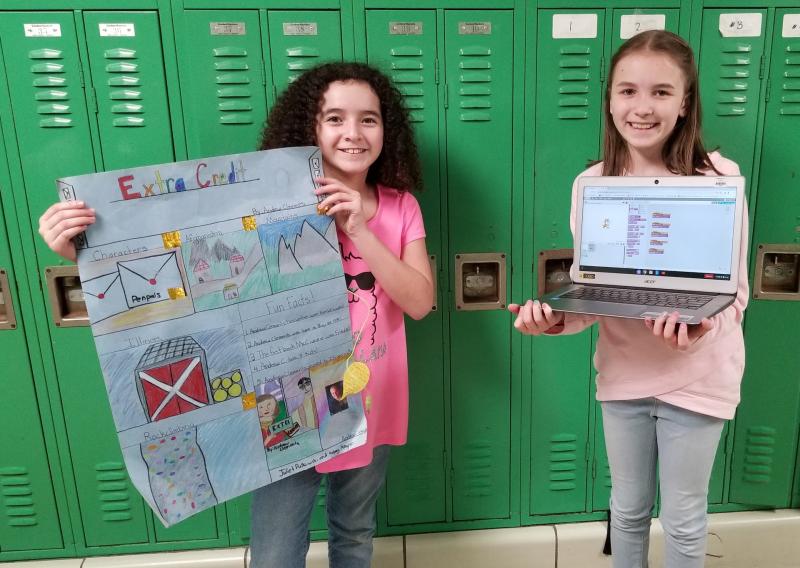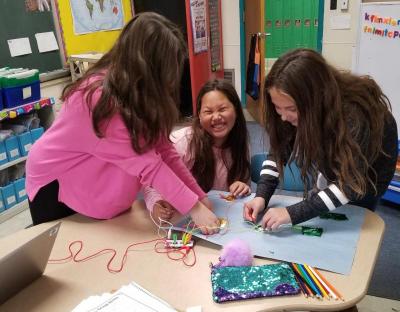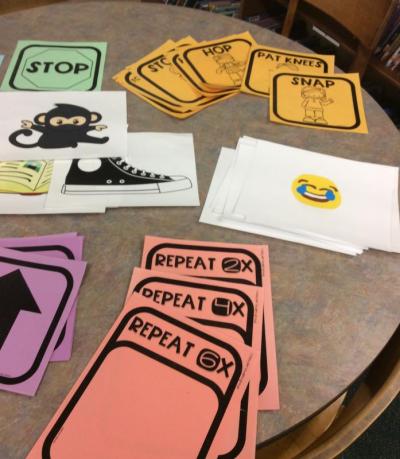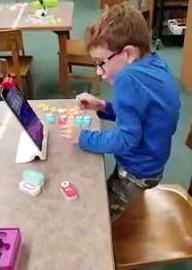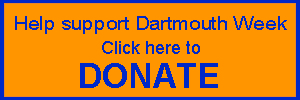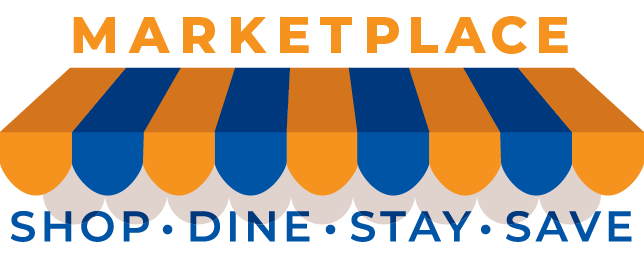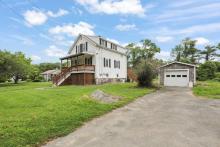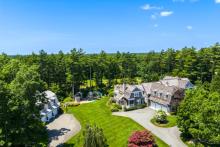Quinn teachers highlight high-tech push
Quinn Elementary School students and teachers are going high-tech this year, with more technology, STEM programming and activities, and electronic learning than ever inside the school’s classrooms.
At the Dec. 10 School Committee meeting, Quinn Elementary School instructional technology specialist Trisha Leary, librarian Kate Powers, and several students highlighted work they have been doing using technology.
“At school we really want to use it as a tool,” Leary said. “I think it’s starting to become part of our culture in the building, embedding technology into our work.”
The school has a new technology committee working to set goals and get guidance for the future. The committee is focusing on using technology efficiently, productively, and purposefully.
Leary listed off numerous platforms and products in use by students, from virtual tours using Google Tours to Osmo Kit educational game systems.
Science, technology, engineering, and mathematics programs are also common throughout Quinn. Staff recently set up a STEM center in the library, where students can come to learn about coding. Most recently, students participated in a school-wide Hour of Code event, as every student tried out coding in some form last week.
Several students showed off what they’ve accomplished using technology in the classroom.
Fifth grade student Abigail Glaser explained how she created a talking poster, which hung on a wall inside the meeting room for School Committee members to check out.
She started off with a regular old poster, and recorded her voice on it using Scratch, a simplified computer programming language designed for education. Using an electronic circuit and tinfoil, she created her own poster which talks at the press of a button.
“I like technology because it can help you get better at typing, and math,” Glaser said.
Fourth grade student Sarah Galipeau is in the middle of her year-long social studies project: creating an eBook. She shared a work-in-progress version during the presentation, which covers landforms and the northeastern United States.
“You can do more than in a paper book,” Galipeau said.



